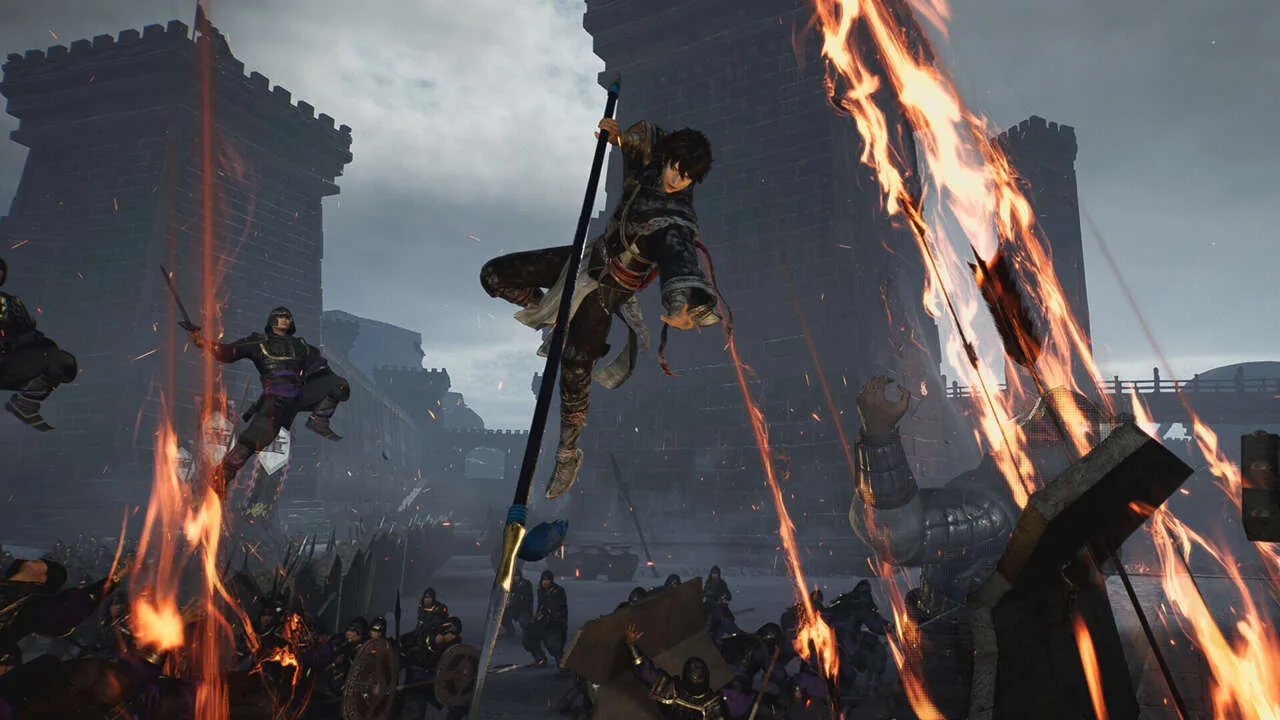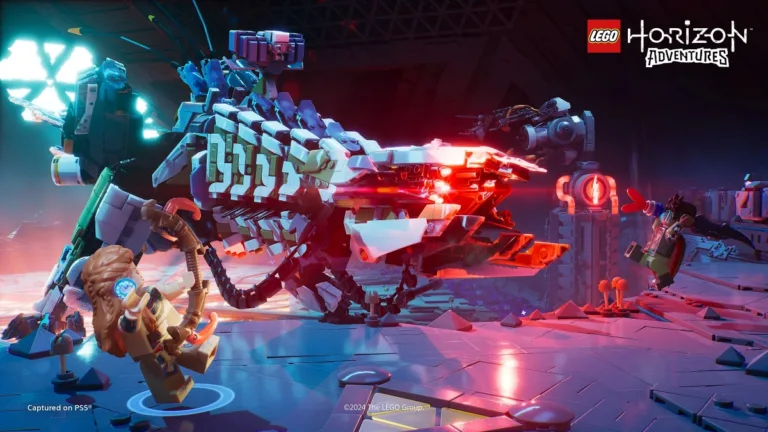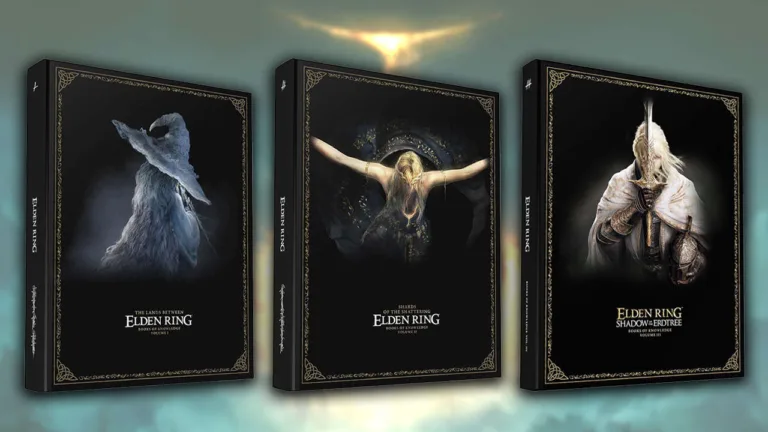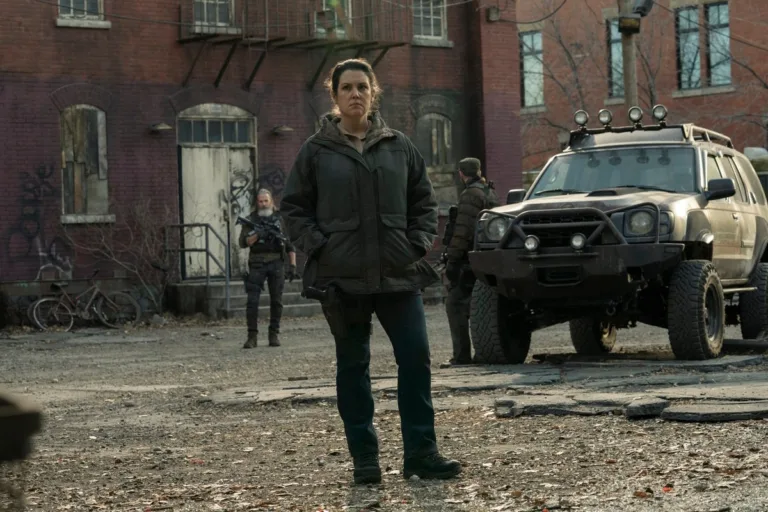Dynasty Warriors: Origins Review – Army Of One
When it comes down to it, the essence of Dynasty Warriors’ longevity is simple: Cleaving through hundreds of enemies like a hot knife through butter feels really good. It’s the ultimate power fantasy, with each swing of your weapon sending bodies careening through the air in every conceivable direction as the KO counter ticks up into the thousands. For almost 25 years, this basic formula has remained virtually unchanged, lending the series a fervent albeit niche following. Dynasty Warriors 9 attempted to evolve the formula, but the shift to a lifeless open world was a misstep that didn’t mesh with the series’ core appeal. Dynasty Warriors: Origins, as the name implies, sees Omega Force returning to its roots, emphasizing the large-scale, hack-and-slash action Dynasty Warriors is known for while implementing a number of clever new additions that achieve what Dynasty Warriors 9 failed to.
If you’re unfamiliar with the long-running series, Dynasty Warriors is based on Luo Guanzhong’s 14th-century novel, Romance of the Three Kingdoms–and the ancient history it’s based on–loosely adapting the classic Chinese novel by taking some absurd creative liberties along the way. While previous games in the series have typically covered the bulk of the Three Kingdoms period from 184 AD to 280 AD, Origins tightly focuses on the early parts of the story, beginning with the rise of the Yellow Turban Rebellion and culminating in the decisive Battle of Chibi. Unlike the rest of the series, the story is also told from the perspective of an amnesiac warrior who’s meeting legendary figures like Guan Yu, Dong Zhuo, and the fearsome Lü Bu for the first time. This setup is clearly designed with newcomers in mind, making the series’ enduring legacy and myriad beloved characters much more palatable for new players to dive into for the first time.
Still, that doesn’t mean returning players will be left wanting. By focusing on the early events of the Three Kingdoms’ tapestry, Omega Force has opted to delve into the time period in greater detail than before, with a renewed emphasis on storytelling and character development. Even minor figures are more fleshed out, while pivotal moments are given the gravitas they deserve. This is somewhat of a double-edged sword, however. The writing is generally solid, with defined, charming, and likable characters engaging in moral quandaries and battles of both wit and brawn, but the overabundance of cutscenes sometimes works to its detriment. Too many conversations simply feel derivative, either repeating plot points or adding little of substance to the narrative and your understanding of its ensemble cast of characters. This disrupts the game’s pacing, leading to more than a few occasions where you’re forced to wait impatiently for the next battle to arrive as you cycle through one superfluous conversation after another.

Origins’ secondary story–which revolves around its amnesiac hero slowly regaining his memories–is also much weaker than the Three Kingdoms plotline, dealing in bland cliches and predictable twists. It’s disappointing, but this pivot to a lone protagonist has a significantly greater impact on Origins’ hack-and-slash action than its narrative quality. Dynasty Warriors is known for featuring a massive roster of playable characters, with the previous game in the series totaling a whopping 94. By comparison, Origins features a single character and just nine playable companions, each of whom functions as a powerful support hero you can temporarily take control of before switching back to the amnesiac hero. It’s a risky shift for the series that may feel like a dramatic step back for veteran fans, but it’s a change that becomes easier to accept once you’re in the thick of the action.
Out on the battlefield, Origins feels like an authentic Dynasty Warriors experience, just on a much grander scale than ever before. Thousands of characters regularly fill the screen, with flaming arrows raining down from the sky and generals engaging in flashy duels amidst the chaos unfolding all around them. It’s a pure spectacle of histrionic warfare, with you in the middle, slicing through hundreds of peons as though they were blades of grass. In true Dynasty Warriors fashion, it’s methodical and repetitive in a way that will appeal to a specific type of player, achieving a strange sort of zen as entire armies crumble before you.
The moment-to-moment action and mission design still lack some variety, especially now that the roster has been decimated, but that’s always been part of the appeal. That’s not to say it isn’t still disappointing, since the missions that break away from the formula are its most interesting. But combat is so tightly designed, from the responsiveness of the controls to the satisfaction that follows each swing and overhead slash of your weapon, that your 100,000th kill is still just as fulfilling as your 1,000th was. It’s not for everyone, and history proves how divisive the Dynasty Warriors formula is, but Origins also incorporates a number of elements from modern action games in an attempt to evolve the series and broaden its appeal.
As you’re roaming the battlefield, cutting down hordes of soldiers and capturing bases, you’ll regularly come face-to-face with named enemy officers who are much more potent than the average grunt. At this point, Origins seamlessly transitions to a style of combat built around precise timing and judicious use of your skills (known as Arts). By guarding at just the right moment, you can parry incoming attacks and follow up with a powerful attack of your own. Not only is this gratifying–as steel clashes with steel and your opponent is momentarily knocked back–but these counterattacks also chip away at an officer’s Fortitude. This aura of protective energy surrounds each named enemy and, when fully broken, leaves them vulnerable to an Assault, which sees you launch into a stylish series of strikes that deal massive damage to your defenseless foe.
Some enemy attacks can’t be parried, requiring you to either dodge or use a specific Art to disrupt the incoming strike. You can enter battle equipped with up to four different Arts, as each weapon type offers a variety of these unique attacks to choose from. Some are excellent at clearing the battlefield with big, broad swings–creating powerful shockwaves or miniature tornados–while others are more precise and suited to one-on-one duels. Whichever ones you opt for, Arts are typically fun to unleash and add another layer of depth to Origins’ combat, even if it’s often just another way to obliterate the regular rank and file with relative ease.
What’s most impressive is how cohesive the transition between these two divergent combat styles feels. Origins recaptures the hack-and-slash essence of Dynasty Warriors and pushes the series forward by blending formulas, creating an experience that feels both familiar and unique. It’s still inherently repetitive, but the fusion of combat styles makes for a much more engaging and active game that’s elevated beyond being a by-the-numbers power fantasy.
The nine available weapon types also play a role in easing the dearth of playable characters. Ranging from swords and spears to more specialized armaments like twin pikes and crescent blades, each weapon type feels different enough from the rest to stand out. The Podao, for instance, is designed around slow but devastating charged attacks, while the Wheels are at their most effective when you’re able to attack in a rhythmic flow. You also have access to various Tactics, where you can issue orders to a small squad of soldiers, commanding volleys of arrows and cavalry charges to decimate the enemy ranks.

This feeds into an emphasis on strategy that’s present in most missions, as you’re given the freedom to assess the situation and decide where you’re needed most, whether that’s helping a particular ally, capturing bases, or forging ahead to take out officers on the front line. Successfully retaking control of bases and defeating officers increases your army’s morale, making them much more proficient fighters. Not only are they able to capture territory without your aid, but they also provide real assistance when fighting by your side.
All of this comes to a head in the final stages of most missions when a massive number of soldiers gather to create two Large Forces. These cinematic skirmishes are exhilarating, with hundreds of soldiers lined up, ready to charge into battle. Running alongside this pulsating crowd before violently colliding with the enemy makes you feel like a Rohirrim charging into a swarm of orcs at the Battle of the Pelennor Fields. Except you’re also a one-man army, able to wipe out hundreds of peons and further batter their morale by defeating numerous officers along the way. It’s just a shame there’s no co-op after it was such a significant feature in previous games. These epic battles are ripe for experiencing with a friend by your side.
Instead, you spend Origins’ campaign fighting alongside and against the likes of Liu Bei, Cao Cao, and Sun Jian. As a new character, you’re not aligned with any faction, so the first few chapters see you joining forces with everyone. Once you reach Chapter 3, however, you have a pivotal choice to make as you’re forced to side with one of the aforementioned warriors. From here, the game branches into three distinct campaigns and makes it easy to go back after you’ve finished one and play through the rest. This adds heaps of replayability if you’re itching for more, although the game’s repetition is in danger of collapsing into monotonous territory at this point.
Dynasty Warriors: Origins is an ambitious game that forcefully pushes the reset button after the failings of Dynasty Warriors 9. It’s a marked improvement on that game in almost every area, utilizing modern technology to expand upon its hack-and-slash core while implementing a more considered and action-oriented approach that enhances its exorbitant combat. Longtime fans are likely downtrodden by its minuscule roster and lack of co-op, and the story has a habit of clogging the game’s pacing with too many redundant conversations, but these shortcomings mostly fade into the background once you’re entrenched in the heat of battle. At that moment, there are few sights better than a dozen peons hurtling helplessly through the air.







